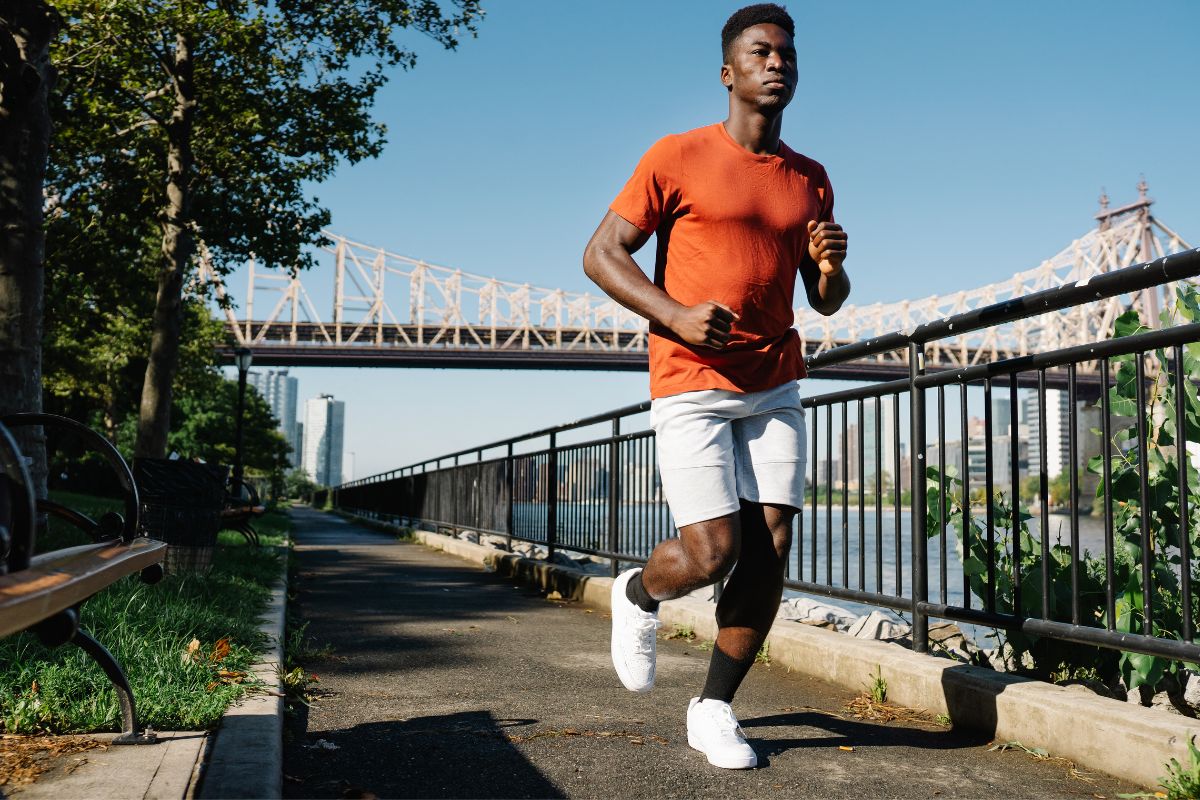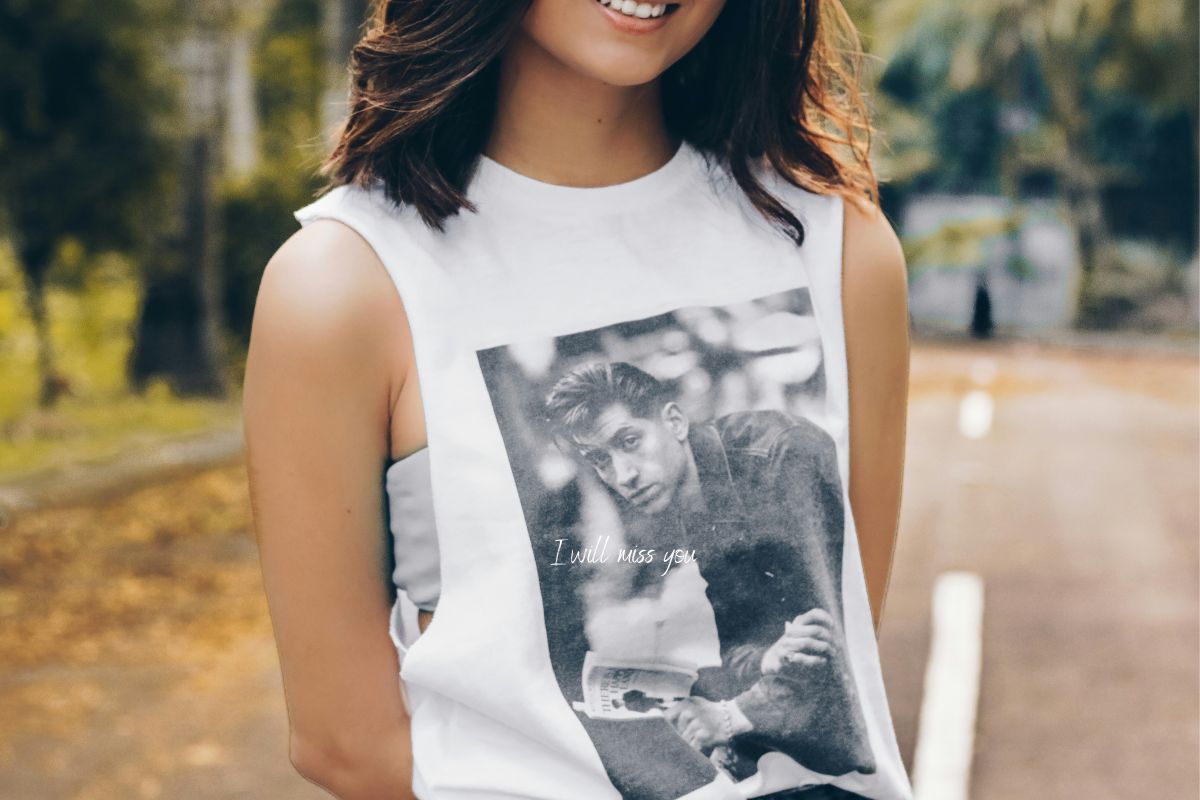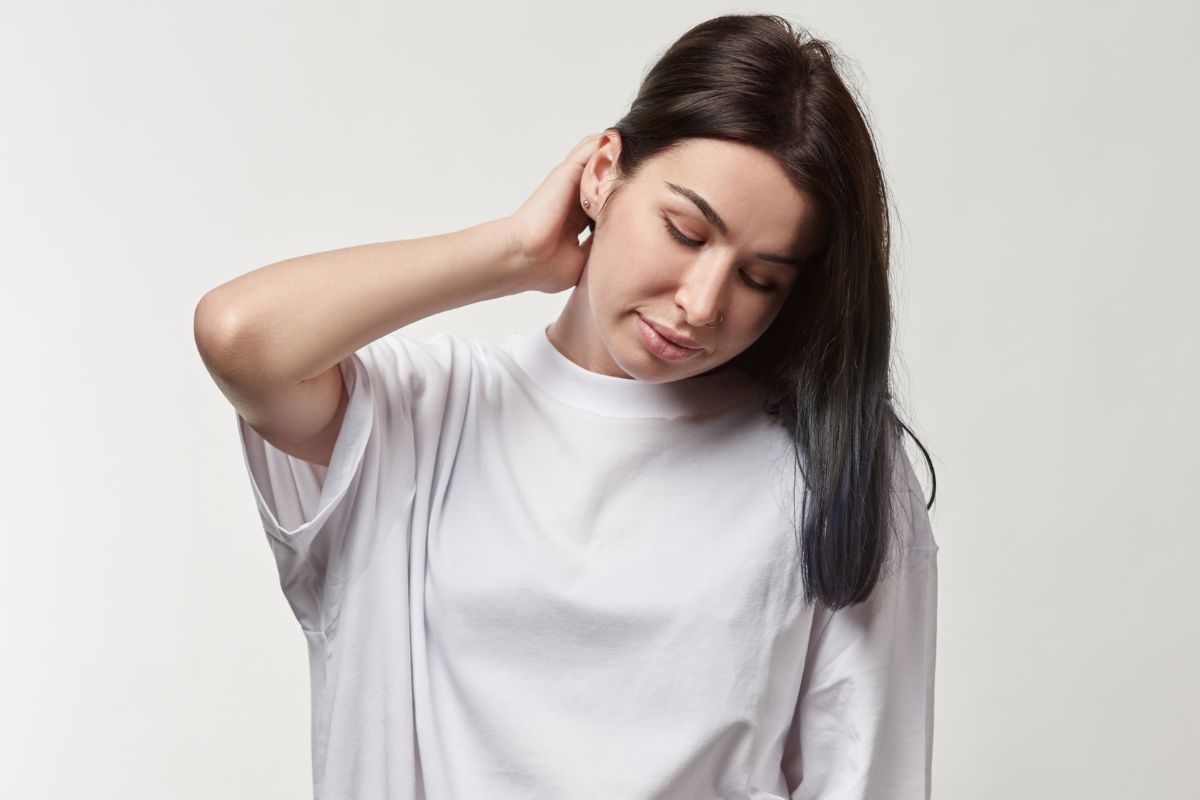An athletic fit t-shirt is tailored to accommodate the body shape of an individual with a more muscular build, offering a style that is both flattering and functional. Unlike traditional cuts, the athletic fit is designed to conform to your physique, providing a snugger fit around the chest, shoulders, and arms, while usually tapering at the waist to reduce excess fabric. This cut enhances the appearance of an athletic physique and is often made with a stretchy material that allows for a wide range of motion, making it a popular choice not just for athletes but for anyone who prefers a more body-conscious fashion statement.
Understanding the world of t-shirt fits can elevate your style and comfort. In fashion, the right fit is paramount, and the athletic fit has emerged as a distinct category to cater to those with an athletic build who might find regular fit t-shirts too baggy or slim fits too restrictive. It strikes a balance, offering a shirt that moves with you without being overly tight, ideal for displaying an active, toned figure without compromising on comfort or style.
When choosing an athletic fit t-shirt, consider the fabric blend and the stretch it offers, as these aspects will contribute to the shirt’s ability to maintain its shape and support your movements. A well-fitting athletic t-shirt should align with your shoulder bones to define your structure, with sleeves ending around the mid-bicep area to subtly highlight muscular arms, and the length of the t-shirt should extend to around mid-fly for optimal coverage.
Understanding Athletic Fit
When searching for the perfect T-shirt, you’ll come across various fit options, but understanding the specific characteristics of an athletic fit is crucial to making the right choice for your physique and comfort.
Defining Athletic Fit
Athletic Fit T-shirts cater explicitly to a more muscular or toned physique, offering a design that combines a snugger fit around the chest and arms with a slightly relaxed waist. This cut is crafted to emphasize your upper body without restricting movement, ensuring both style and functionality. The main attributes of an athletic fit include:
- Tapered Design: Snug around chest and arms, relaxed around the waist.
- Stretchy Material: Typically incorporates fabrics that allow for freedom and comfort, especially during physical activities.
Athletic Fit vs. Other Fits
Comparing athletic fit with other shirt fits helps to illustrate its unique advantages:
- Athletic Fit vs. Slim Fit:
- Athletic Fit: Allows more room in the upper body; the waist is usually tapered to prevent a boxy look.
- Slim Fit: More uniformly narrow throughout, potentially restrictive for athletic body types.
- Athletic Fit vs. Regular Fit:
- Athletic Fit: Accentuates the body shape while maintaining ease of movement.
- Regular Fit: Straight cut, offering a loose fit throughout for those who prioritize comfort over contour.
- Athletic Fit vs. Classic Fit:
- Athletic Fit: Geared towards a modern, body-conscious appearance without being overly tight.
- Classic Fit: Offers a generous cut throughout for a traditional and more relaxed silhouette.
By choosing an athletic fit, you opt for a balanced combination of cut and comfort designed to highlight an athletic build with practicality in mind.
Design of Athletic Fit T-Shirts
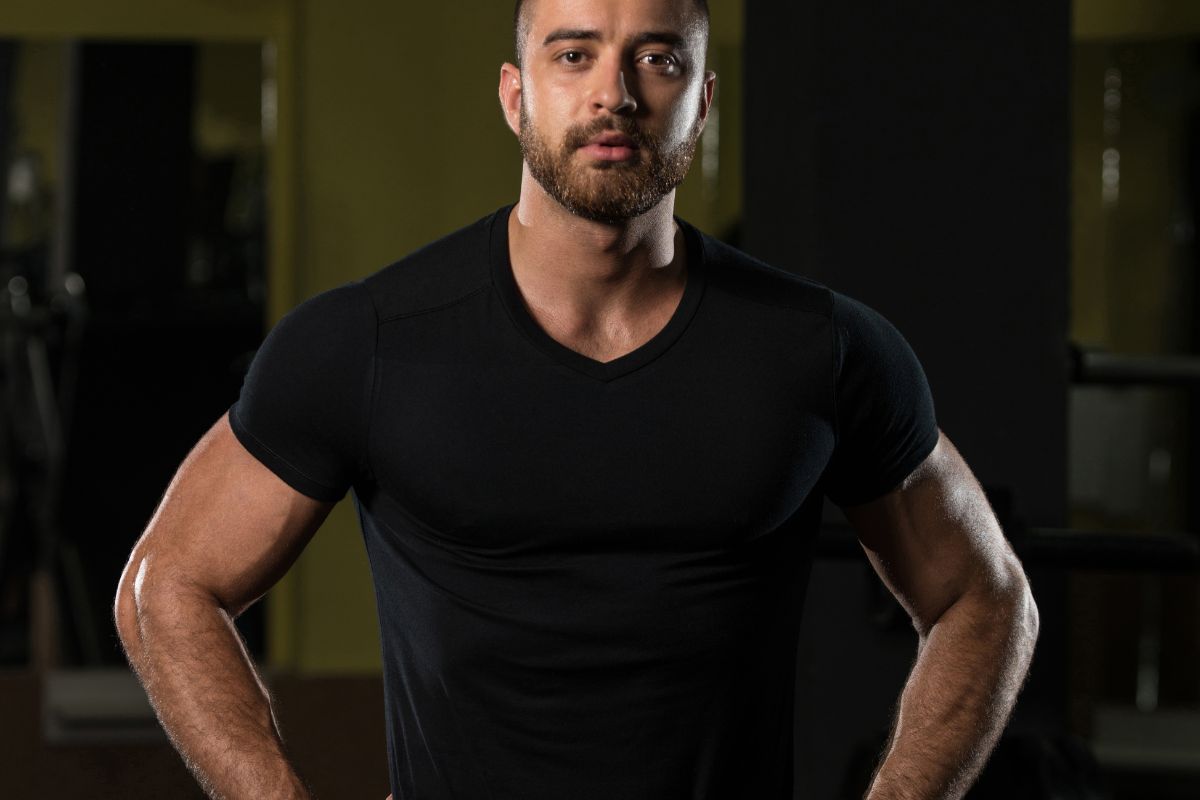
Athletic fit t-shirts have a distinctive design tailored to enhance your physique, focusing on a well-fitting chest and shoulders while providing a comfortable range of motion.
Tailoring for the Upper Body
Your athletic fit t-shirt is engineered with a tapered design that accommodates a muscular build. The chest and shoulder areas are constructed to be more fitted, which accentuates your upper body without restricting movement. This tailored fit typically follows the natural contours of your body, slimming down towards a tapered waist, effectively highlighting a V-shaped torso.
Sleeve and Hem Considerations
The sleeves of an athletic fit t-shirt are designed to be slightly shorter, typically ending around mid-bicep. They should lightly hug the arms to underscore muscle definition without impinging comfort. As for the hem, it is intended to hit at a point that offers coverage while also maintaining a clean fit around the waist. The length of the hem should allow you to move freely, avoiding an overly baggy appearance.
Materials and Fabrication
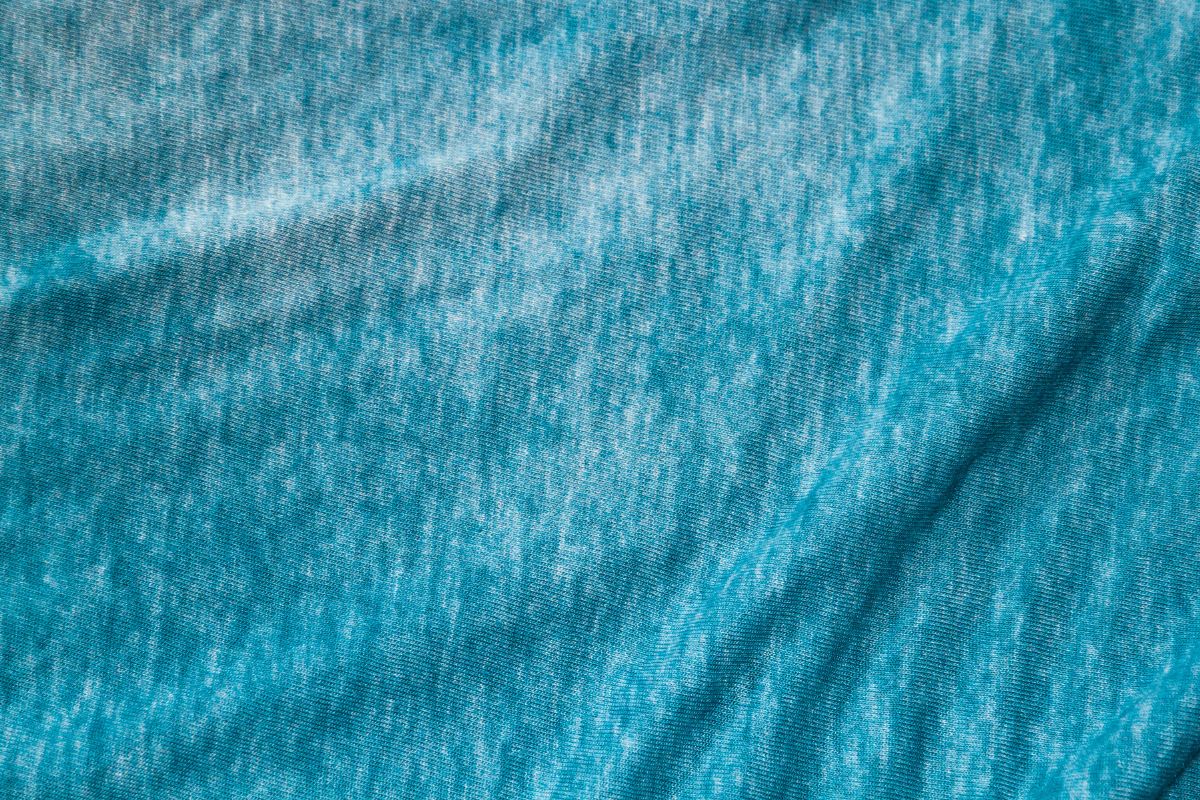
When selecting an athletic fit t-shirt, the materials and how they are fabricated play a pivotal role in the garment’s performance and feel on your body.
Common Fabrics Used
Cotton: A classic choice for comfort, cotton is soft and natural. However, pure cotton tends to retain moisture and may not be suitable for intense activities.
- Polyester: Durable and quick-drying, polyester is a synthetic fiber often used in athletic wear for its moisture-wicking properties.
- Spandex: Known for its exceptional elasticity, spandex is typically blended with other fabrics to provide the necessary stretch in athletic fit t-shirts.
- Blend: Combining the above materials, such as a cotton-polyester or polyester-spandex blend, balances comfort with performance, giving you fabrics that both feel good and function well.
Importance of Stretch and Breathability
Stretch Fabric: The presence of spandex, also known as elastane, contributes to the stretchability of athletic fit t-shirts, ensuring a snug fit that moves with you without restricting your range of motion.
- Breathability: Key to any athletic garment, breathability is crucial for maintaining comfort and temperature regulation during physical activity. Materials such as mesh panels can enhance this property.
- Moisture-wicking Quality: Look for fabrics with moisture-wicking capabilities, as they help transport sweat away from your body, keeping you dry and preventing chafing during workouts or prolonged use.
Suitability for Body Types

Athletic fit t-shirts cater specifically to certain body types by design, prioritizing form and function. They optimize fit for individuals with a well-defined physique while ensuring comfort during movement.
Ideal Body Shape for Athletic Fit
Athletic fit t-shirts are engineered for a body type that has a V-shaped torso: broader shoulders and a narrower waist. If you have this physique, characterized by muscular shoulders and a sculpted chest, an athletic fit will likely accentuate these features without compromising comfort. This is often referred to as a true muscle fit, which allows the fabric to drape naturally over your body contours but remains snug where it counts, showcasing your muscular build.
Considerations for Muscular Individuals
For those with a more muscular build, especially bodybuilders, finding a t-shirt that fits comfortably across the chest and shoulders without being too loose around the midsection can be challenging. An athletic fit t-shirt offers more room in the upper body and sleeves to accommodate larger muscles. At the same time, it tapers toward the waist, which prevents the material from billowing and creates a tailored appearance. It’s important to look for stretchy materials that allow for a full range of motion, essential for both comfort and functionality.
Styling Athletic Fit T-Shirts
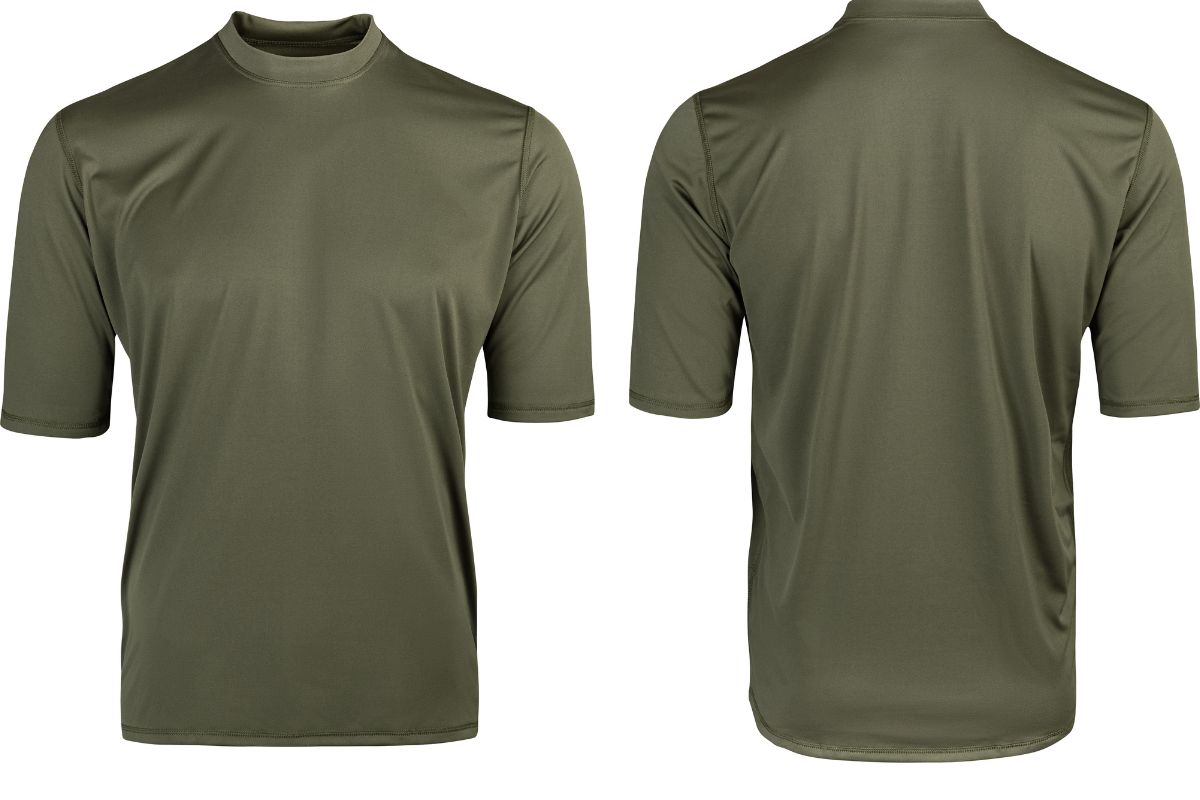
Athletic fit t-shirts offer a balance between a snug, tailored look and comfort, adapting to both casual and formal settings as well as being a versatile layering piece.
Casual and Formal Wear
For a casual look, pair your athletic fit t-shirt with jeans for a timeless, comfortable outfit. Denim complements the tapered fit of the shirt, highlighting your physique while keeping the vibe relaxed. For a more formal setting, layer an athletic fit button-down shirt over the tee. This combination maintains a sharp appearance and accentuates an athletic build without compromising on style or movement.
Layering and Accessories
In terms of layering, consider a slim-fitting jacket to preserve the silhouette that athletic fit clothing provides. Accessories such as a leather belt or a minimalist watch can refine your ensemble and draw attention to the shirt’s tailored waist. Remember, the key with athletic fit shirts is to maintain the fit’s intention—enhance your body’s form without unnecessary bulk from your layers or accessories.
Added Features and Benefits
When you choose an athletic fit t-shirt, you’re opting for a garment that combines style with function. These shirts are crafted with your performance and aesthetic preferences in mind.
Performance Considerations
An athletic fit t-shirt is designed to cater to your fitness needs. It supports performance in several ways:
- Tailored Fit: It offers a snug fit in key areas like the chest and arms without constriction, promoting better movement and flexibility.
- Breathable Fabrics: Typically made with moisture-wicking materials to keep you dry and comfortable during intense activities.
Fashion and Aesthetic Advantages
The aesthetic appeal of an athletic fit t-shirt is undeniable, making it a timeless staple in your wardrobe:
- Enhanced Silhouette: The shirt’s design accentuates the body’s shape, adding a touch of sophistication to your casual or sporty look.
- Versatile Style: Whether at the gym or a casual outing, these t-shirts project a confident and functional appearance.
Choosing the Right Athletic Fit T-Shirt

When you’re seeking a fusion of style and function in your wardrobe, an athletic fit T-shirt can be a smart choice. Ensuring that you select the optimal size and consider brands and quality will enhance both comfort and appearance.
Selecting the Proper Size
- Measure your body: Take accurate measurements of your chest, waist, and shoulders. Athletic fit T-shirts are designed to contour to these areas more snugly than regular T-shirts.
- Understand the fit: Look for shirts that offer a tapering around the waist and a snug, but not tight, fit around the chest and shoulders. This will allow for a tailored appearance without restricting movement.
Brands and Quality
- Research brands: Not all brands produce the same quality or style of athletic fit T-shirts. Look for ones like Tailored Athlete that specifically cater to athletes and understand their clothing needs.
- Assess the quality: Examine the material for stretch and recovery properties. A blend of cotton and elastane is commonly used to provide both comfort and form-fitting shape.
Remember, your comfort and how the clothing complements your physique are the ultimate indicators of the right choice for you.
Frequently Asked Questions
When selecting the perfect shirt for your body type, understanding the nuances between different fits is essential. This section answers common questions to help you discern how athletic fit garments measure up against other styles.
How does an athletic fit differ from a regular fit in shirts?
An athletic fit shirt is designed with a more tapered silhouette, emphasizing a fit closer to the body, particularly suitable for those with broader shoulders and a slimmer waist. In contrast, a regular fit offers a straighter cut, providing more room throughout the garment.
In terms of fit, how does athletic compare to relaxed fit in jeans?
Athletic fit jeans cater to a muscular build with more room in the seat and thighs and a tapered leg opening, whereas relaxed fit jeans offer a looser cut throughout, giving you ample space for comfort without a tailored shape.
What distinguishes athletic fit from slim fit when it comes to chinos?
Athletic fit chinos are cut to accommodate muscular thighs and seat while tapering towards the ankle, offering a balanced, body-conscious appearance. Slim fit chinos, however, have a narrower cut through the legs for a snug fit, which can be restrictive for muscular builds.
Can you explain the differences between athletic and straight fits?
Athletic fits provide additional room and a tailored waist for an hourglass appearance suited to muscular bodies, while straight fits have a uniform width from waist to hem, creating a rectangular silhouette that doesn’t accentuate body shape.
Is there a significant difference between slim and athletic fits in polos?
Yes, slim fit polos are cut close to the body for a sleek profile, potentially constricting for athletic builds. Athletic fit polos offer more room in the chest and shoulders with a gentle taper at the waist to highlight an athletic physique without being too tight.
How can one identify if an athletic fit is smaller or larger than other fits?
Athletic fits are not inherently smaller or larger but are tailored to be wider at the shoulders and chest with a tapering towards the waist. This contrasts with other fits that may have a more uniform width or a different silhouette that doesn’t cater to an athletic build.

